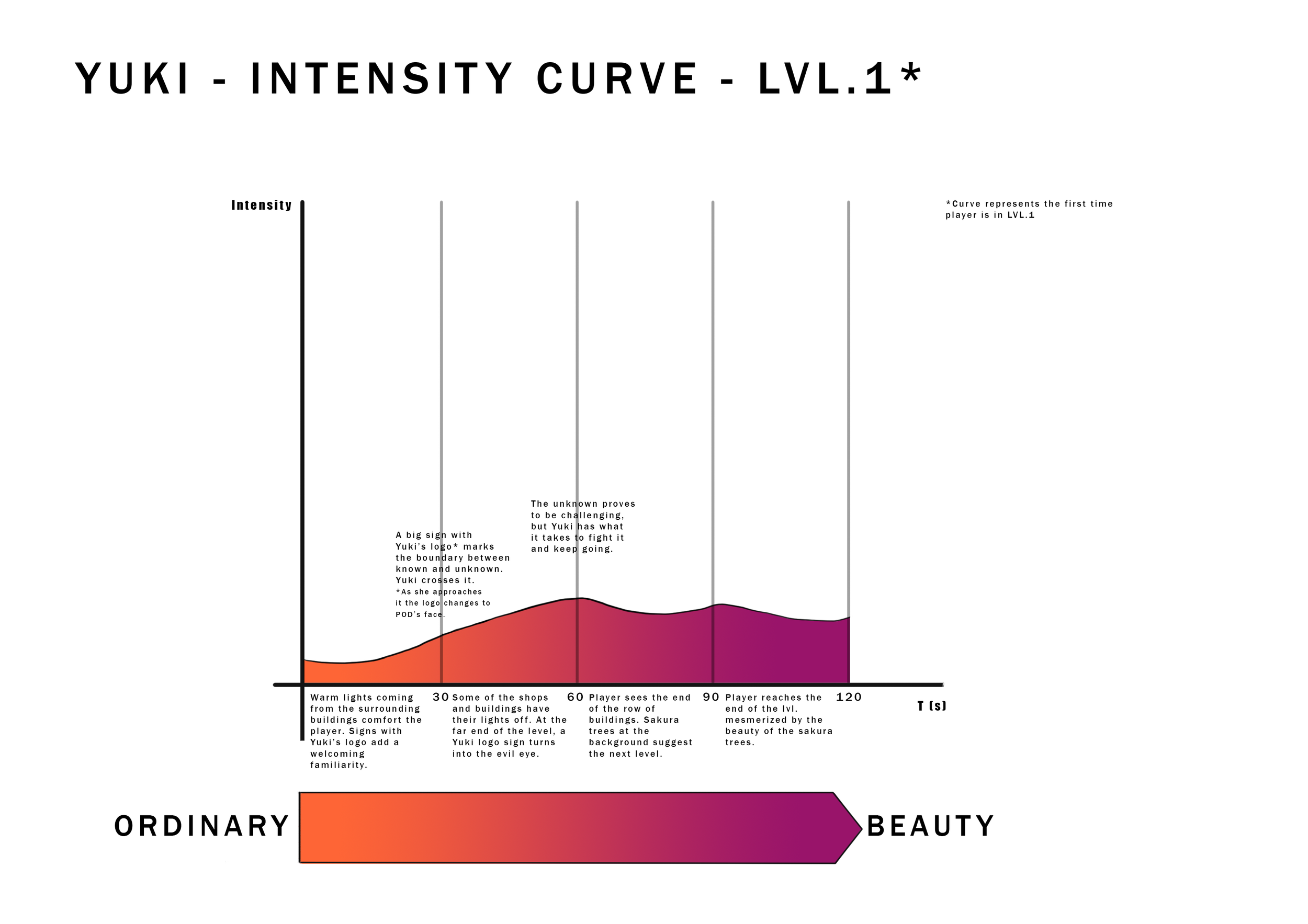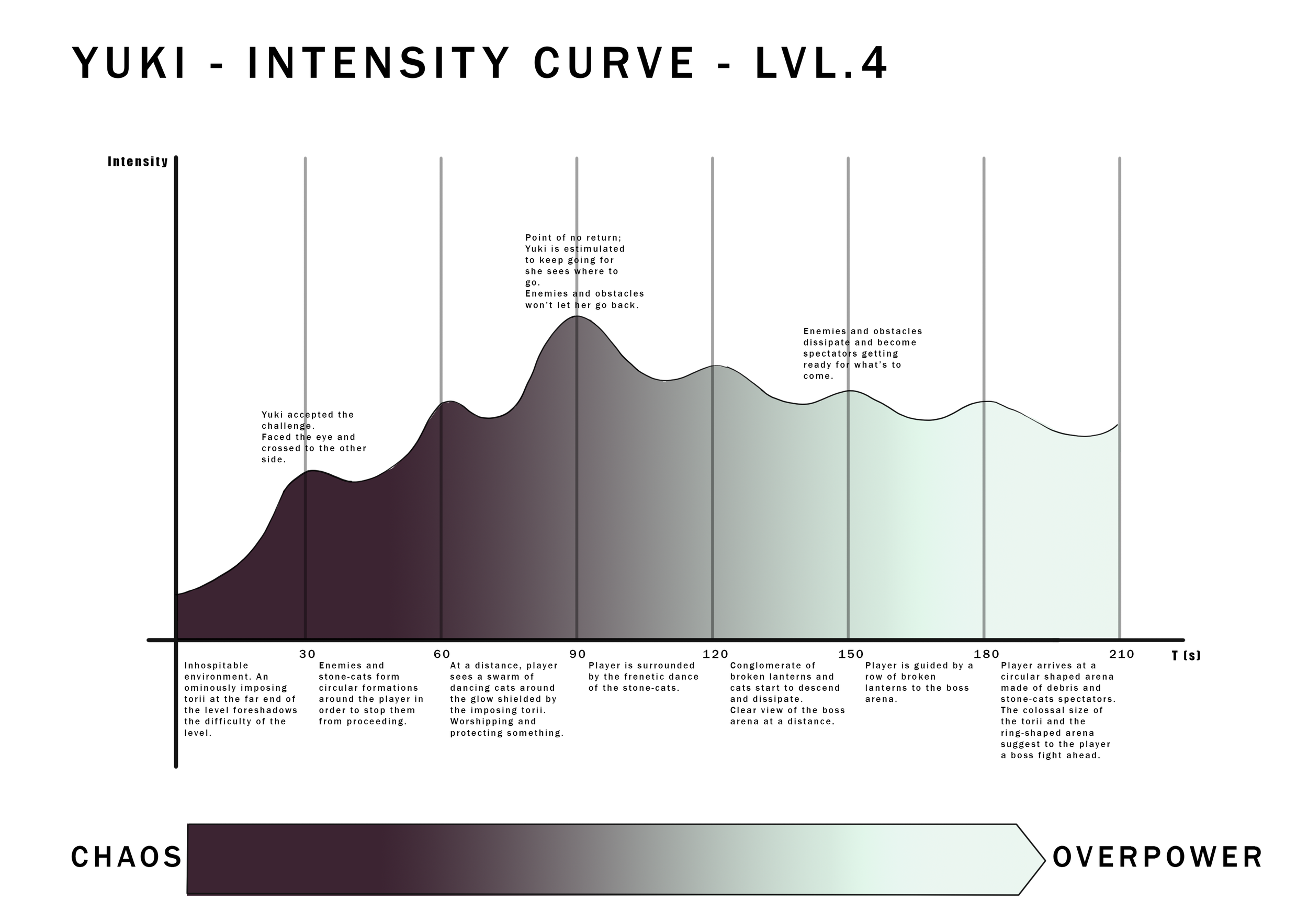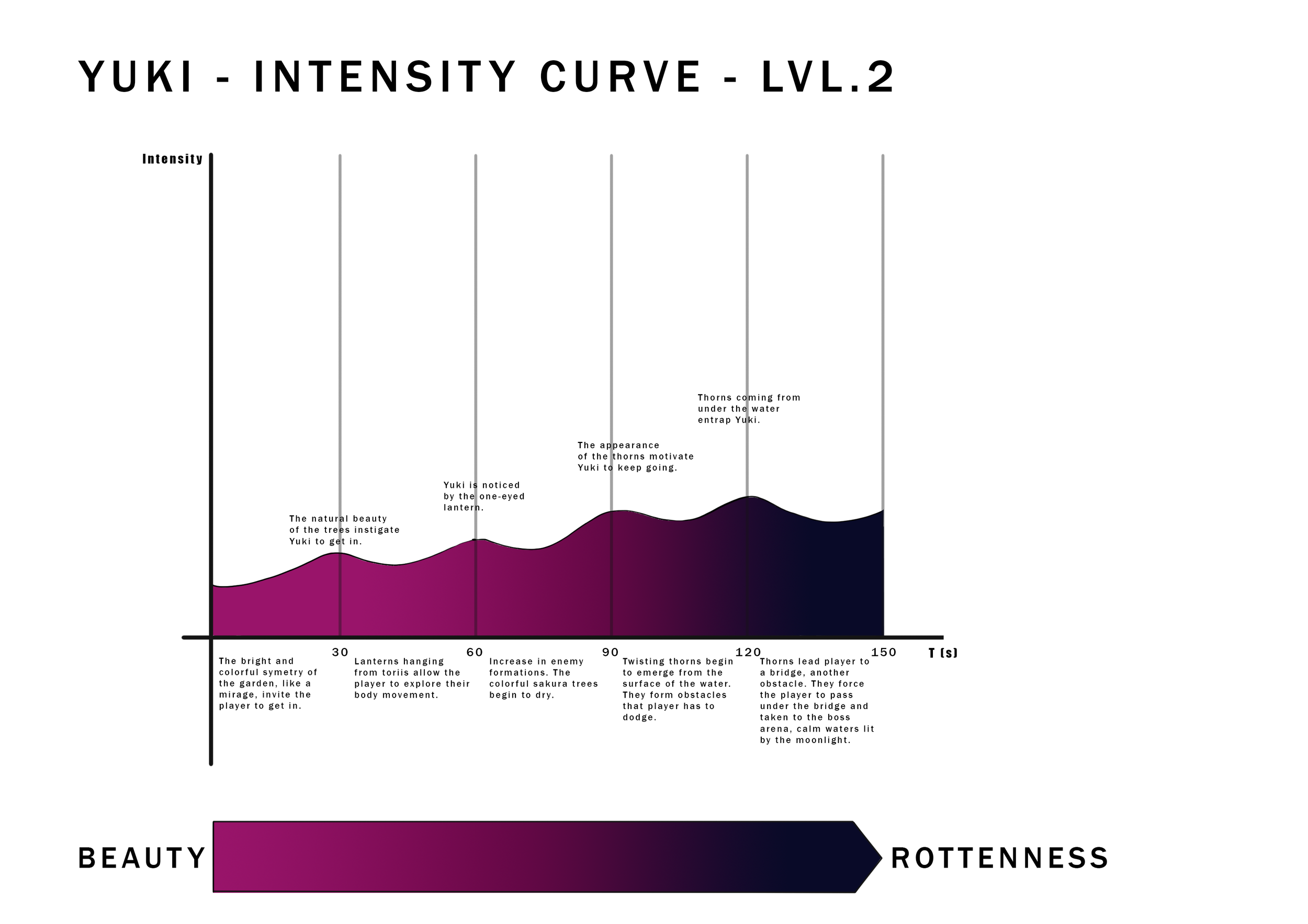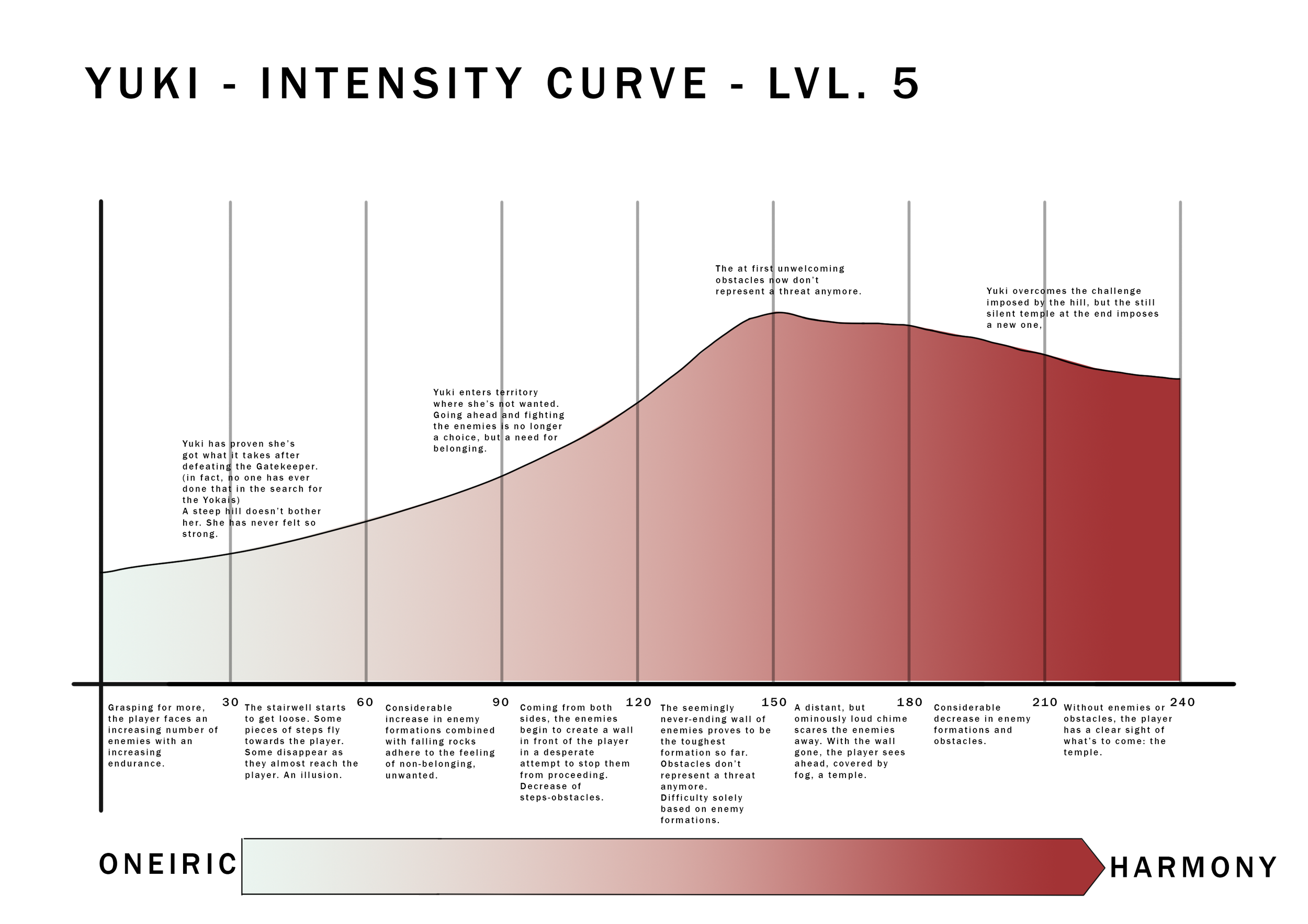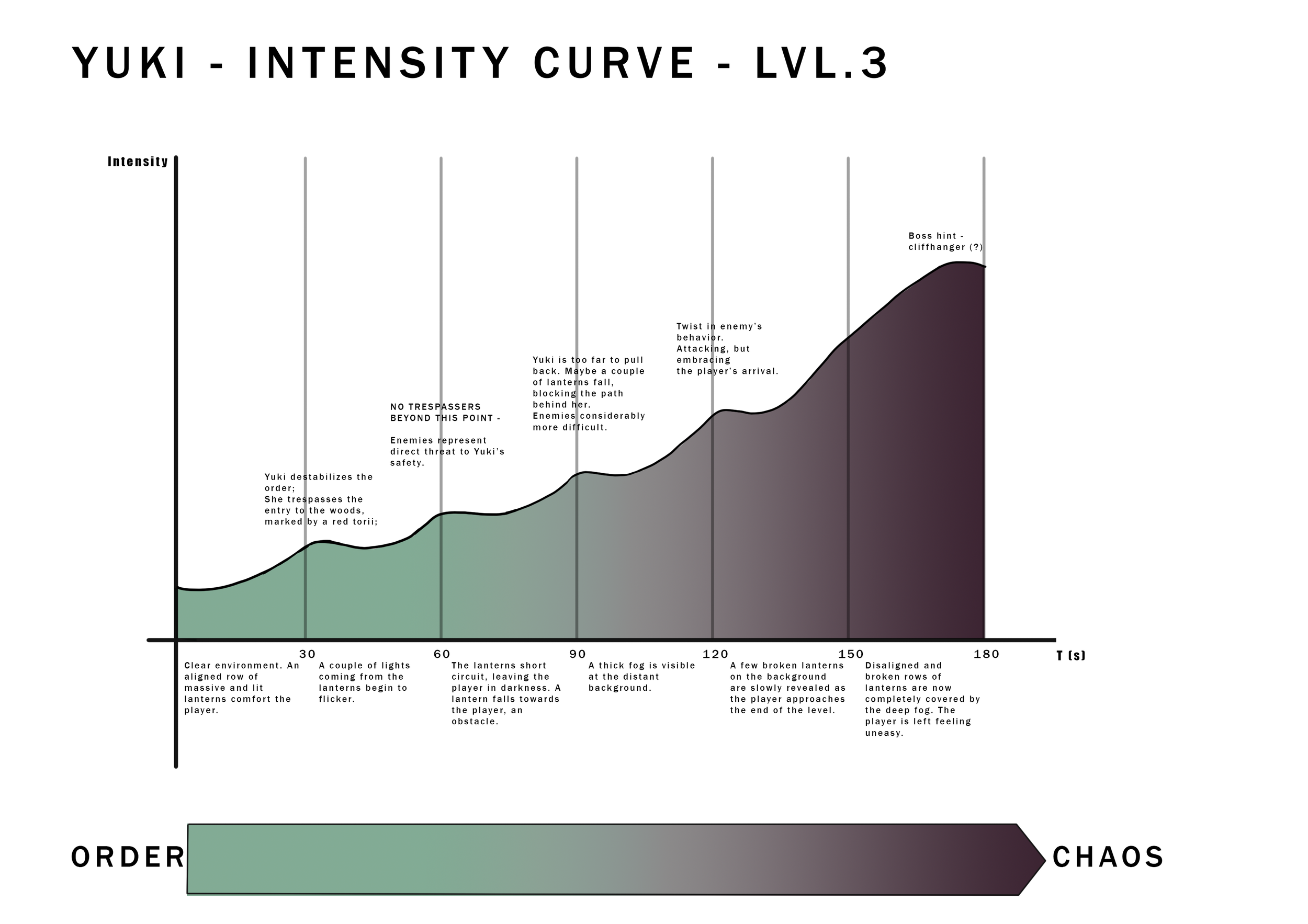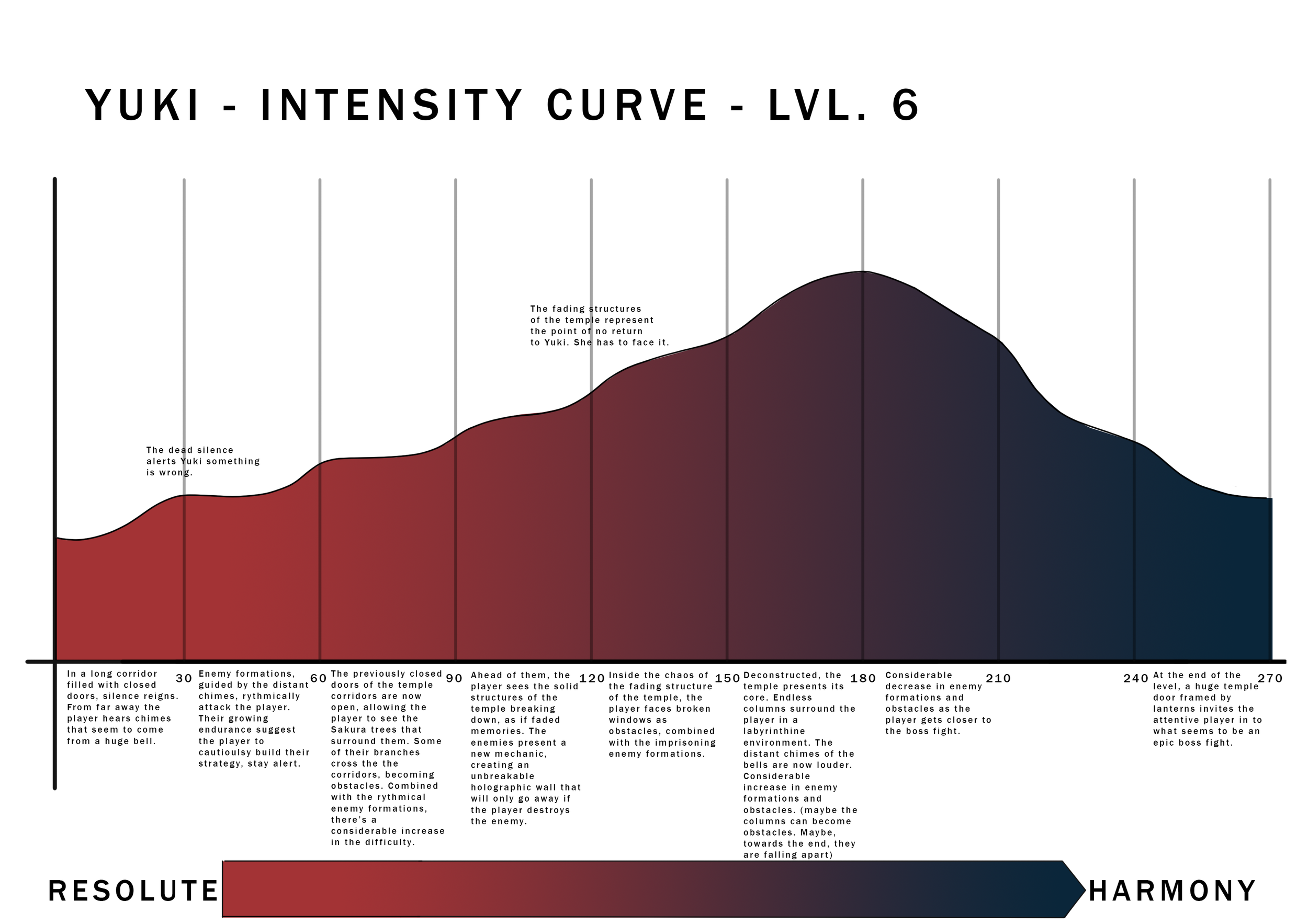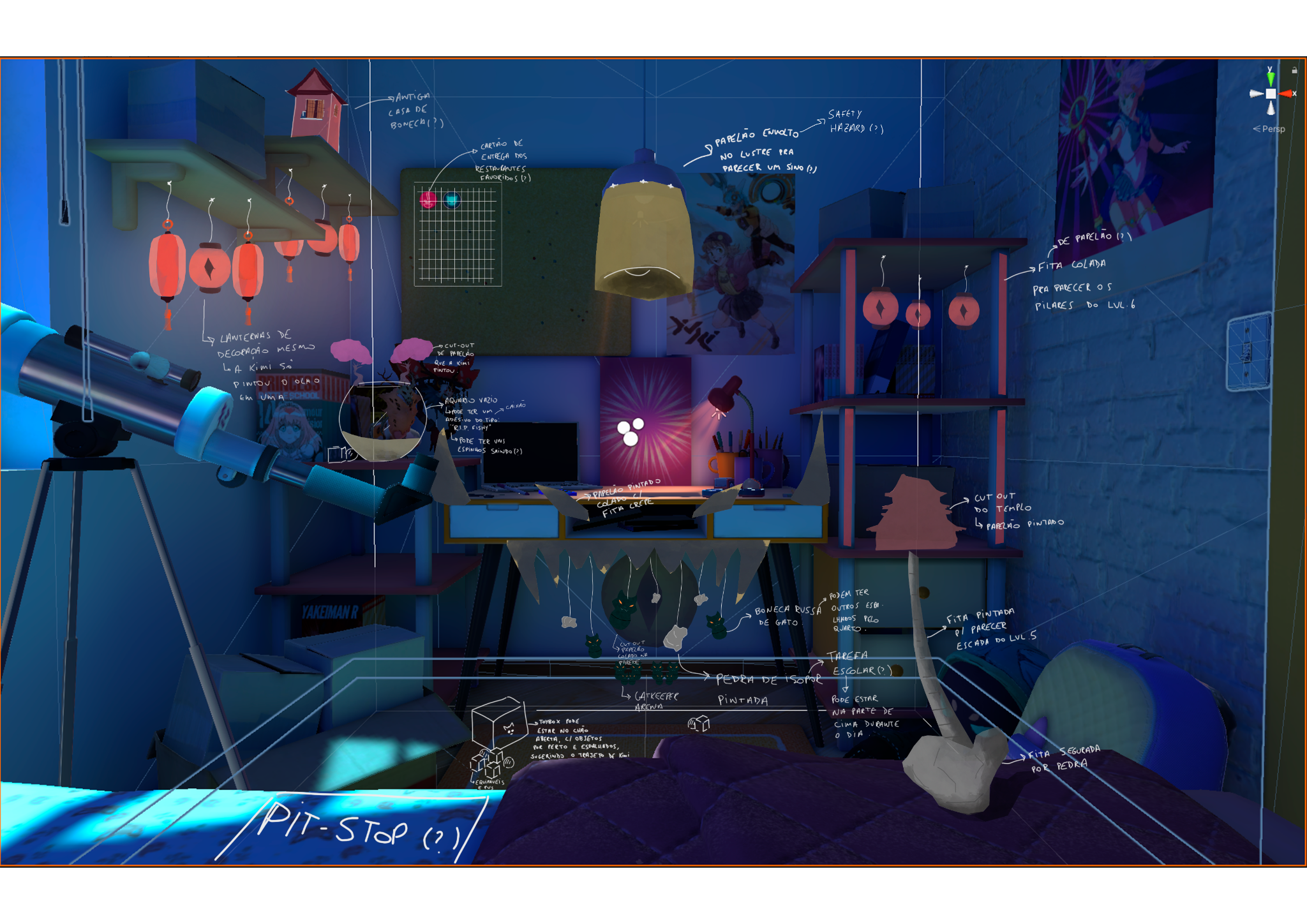YUKI: Space Ranger
I was fortunate enough to relive my childhood years while working on YUKI: Space Ranger, a VR bullet hell game with the core fantasy of 'play like a kid!'
YUKI holds a very special place in my heart. As Narrative Designer, I worked to weave emotion and imagination into a game where story takes a backseat to action.
Since YUKI is an on-rails bullet hell VR experience, I focused on environmental storytelling and emotional pacing to communicate narrative beats through atmosphere, rhythm, and visual design rather than dialogue or cutscenes.
The process was both challenging and deeply nostalgic, a very practical way of reconnecting with my inner child. I even used clay modeling as a tool to block out story ideas and visualize the world’s tone and flow in unconventional ways.
You can learn more about my narrative approach in the blog post I wrote for PlayStation, where I explore how YUKI’s narrative was shaped from concept to final release.

Using Clay To Understand Creative Processes
This is a very early on development blocking I did using clay to, at the same time, disinhibit my creativity and understand how the currency of the game could be used in the workshop, the game’s store.
Intensity Curves
Since YUKI’s level design is on rails, and bullet hells, as the name suggests, has a very chaotic nature, I had to explore alternative ways to convey the story.
By creating intensity curves, I was able to pace each level and identify key moments to introduce narrative beats. At the same time, I collaborated closely with the game designers to understand how enemy formations and environmental obstacles could reinforce the emotional rhythm and tie the storytelling seamlessly into the gameplay.
Kitbashing
Based on my childhood memories, this is an exercise proposed by Kako, the game director, of how a kid’s immagination can physically manifest in their bedroom, the starting point of the game, and how that relates to each of the six initially proposed levels.
